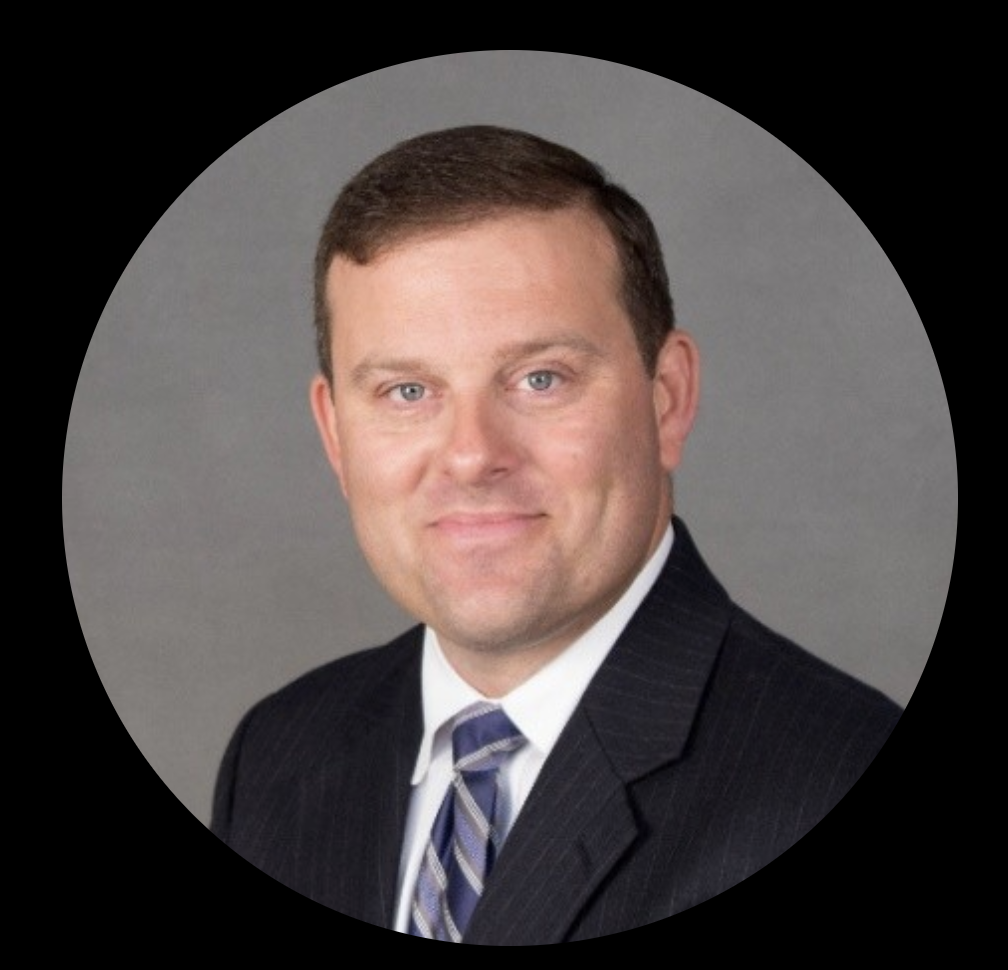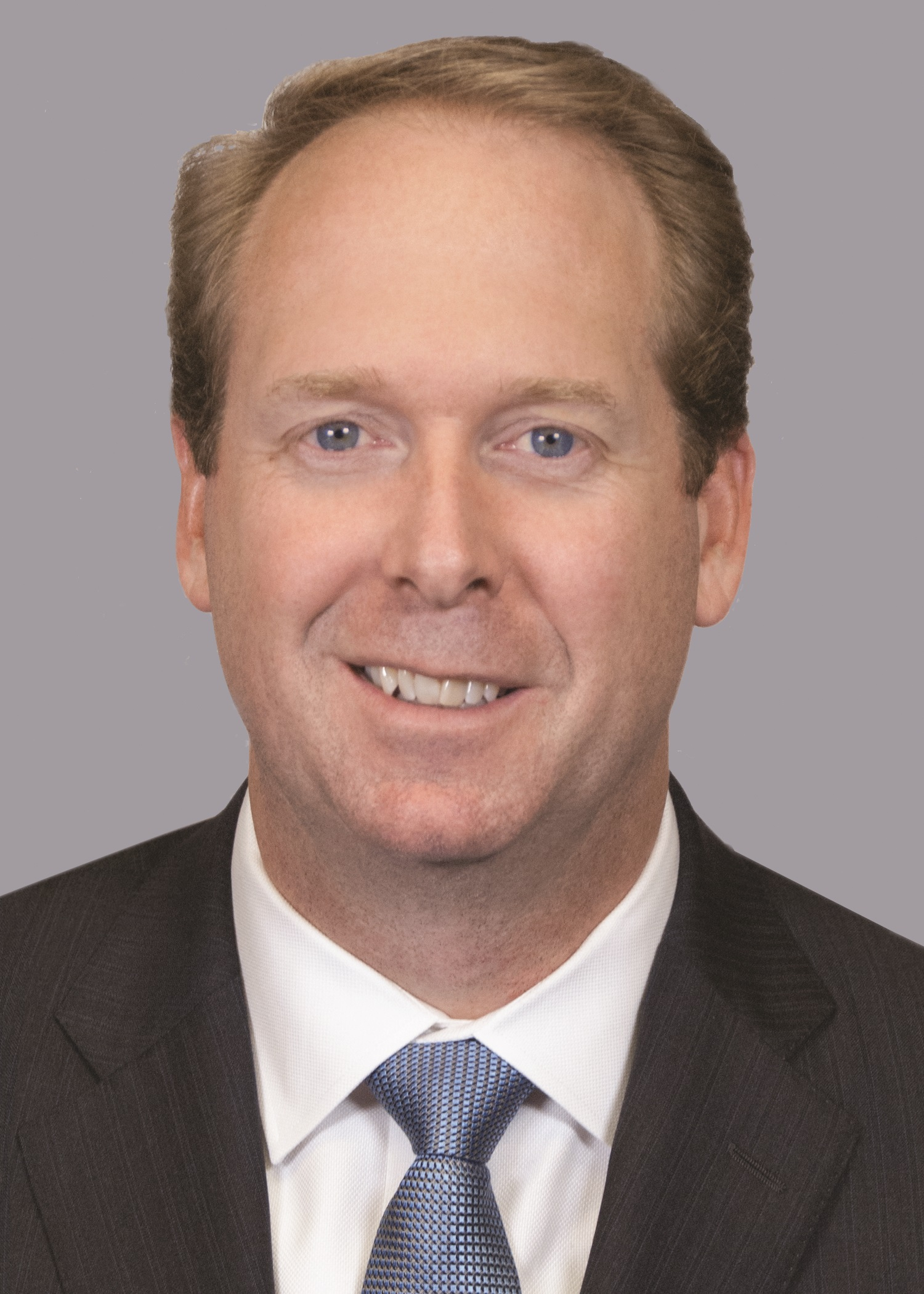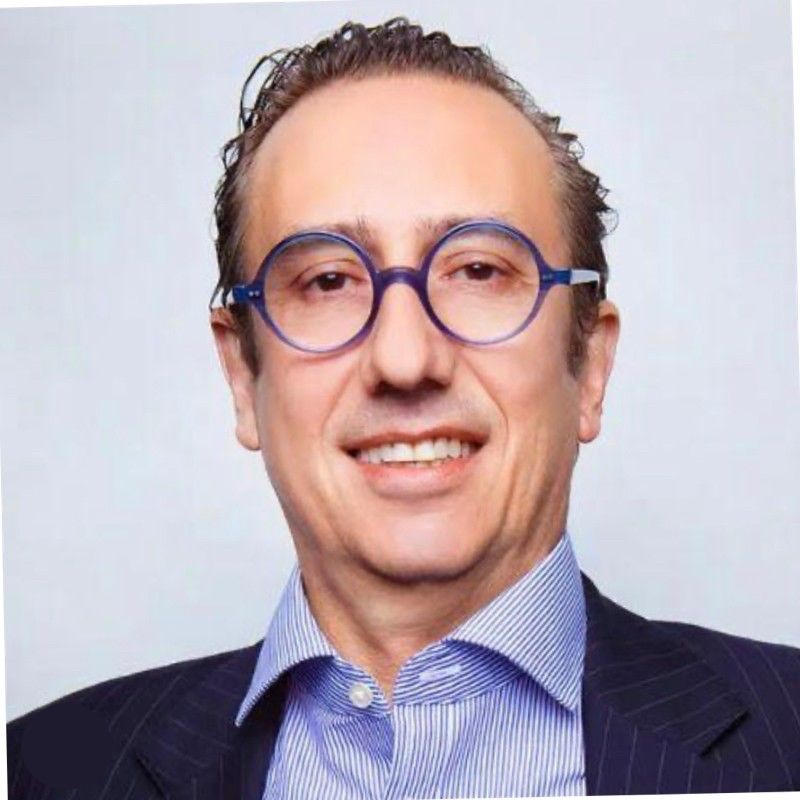Institutional Channel Assets Gain Slight Edge Over Retail
| For Marcelo Soba | 0 Comentarios

Professionally managed assets in the U.S. stand at $60.4 trillion with the retail client channels comprising $30 trillion, while institutional channel assets climbed to $30.9 trillion, according to Cerulli’s research, The State of U.S. Retail and Institutional Asset Management 2023.
The marketshare split between retail and institutional grew closer to parity from 2013 to 2021, but after greater retail channel asset declines in 2022, the trend reversed.
“Retail client channels that tend to have higher equity allocations, experienced a larger asset decline, reversing a longer-term trend where retail client channel assets had been growing faster than institutional client channel assets,” says Brendan Powers, director.
Cerulli expects this reversal to be temporary, as trends including retirement plan rollovers into advisor-managed individual retirement accounts (IRAs) and pension plans freezing and terminating should favor increased growth of retail channels.
Asset managers evaluating addressability in either channel should continue to foster relationships with professional buyers making investment decisions. Investment professionals building product shelves and model portfolios at broker/dealers (B/Ds), banks, or registered investment advisors (RIAs) should be a focus on the retail side.
On the institutional side, consultants and outsourced chief investment officers (OCIOs) as well as the RIA retirement plan aggregators and third-party fiduciaries that work with defined contribution (DC) plan sponsors should be a priority. “Asset managers cannot discount the role that intermediaries hold in distribution and should closely evaluate their sales and marketing resources to ensure coverage,” says Powers.
Additionally, asset managers’ focus on vehicle proliferation remains increasingly important as retail and institutional client segments continue to prefer a vehicle choice. On the retail side of the industry, there is heightened focus on exchange-traded funds (ETFs) and separate accounts. Additionally, firms are focused on optimizing the vehicle wrapper for retail alternative (e.g., private equity, private debt, hedge funds) exposures.
On the institutional side, there is a greater focus on collective investment trusts (CITs), especially among DC plans and their intermediaries.
“Despite the greater focus on other vehicle offerings, managers still need to be diligent about product management efforts for their existing mutual fund strategies, as the mutual fund is not going away. This includes share class/pricing analysis, rationalization exercises, and training/product position for distribution and marketing support,” concludes Powers.









